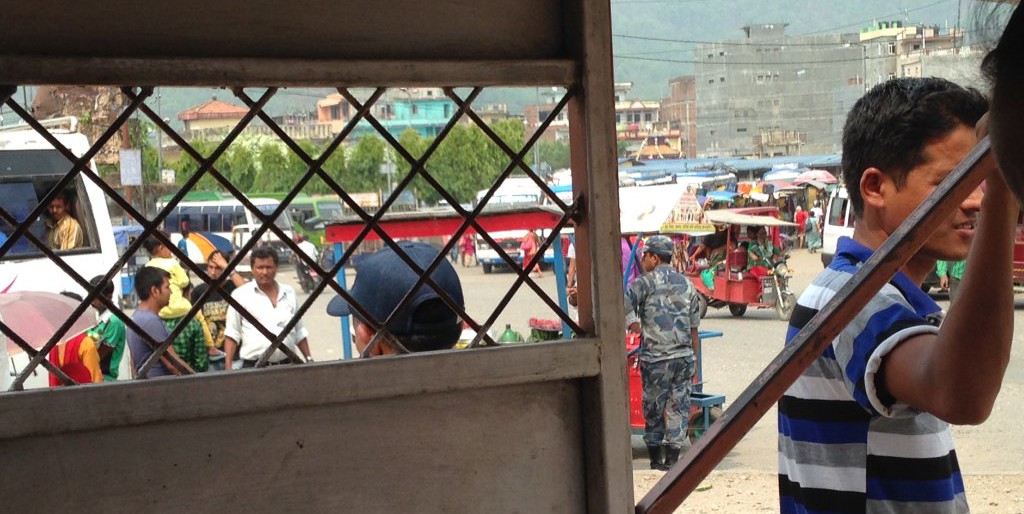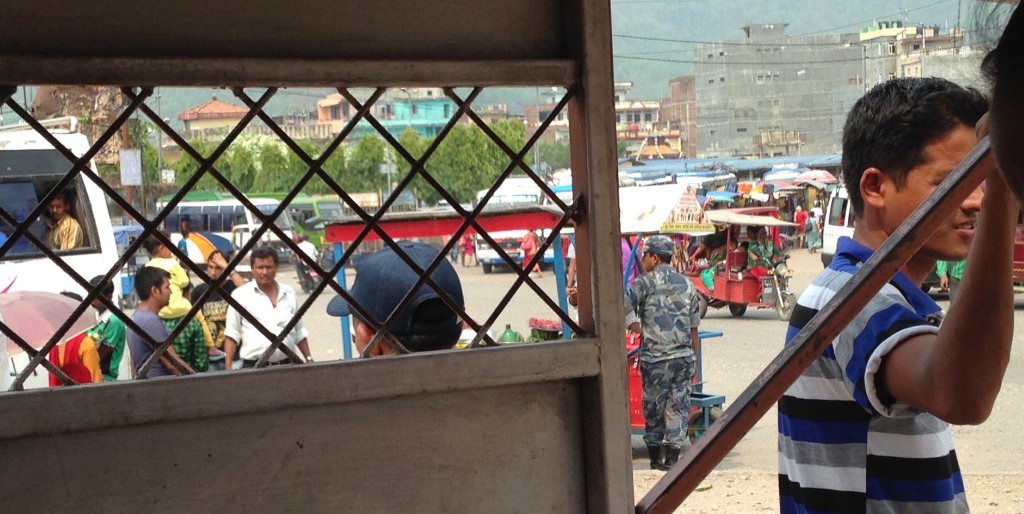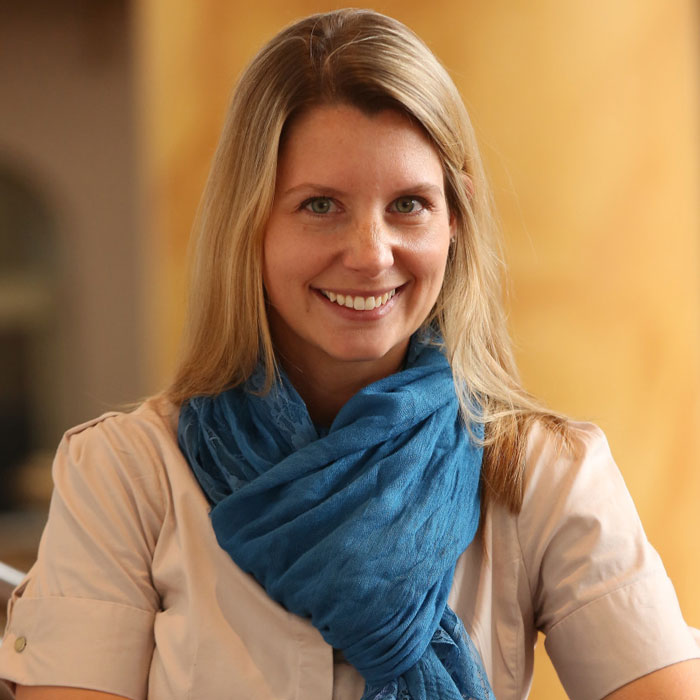Tackling Root Causes of Child Trafficking
I hit the emotional low point of my time in Nepal on May 2, standing on a street corner in Hetauda in the Makwanpur District. Here, at a chaotic bus hub, just two hours from the India border, is an anti-trafficking booth operated through the cooperation of 24 nongovernmental organizations in Nepal. A staff member […]

I hit the emotional low point of my time in Nepal on May 2, standing on a street corner in Hetauda in the Makwanpur District.
Here, at a chaotic bus hub, just two hours from the India border, is an anti-trafficking booth operated through the cooperation of 24 nongovernmental organizations in Nepal. A staff member and a police officer patrol the area, pulling aside those who meet key trafficking indicators for questioning. They also receive tips from ticket agents and others who work in the area.

At this particular booth in Makwanpur, Plan Nepal provides support services to children intercepted as trafficking victims. Since the 2015 earthquakes, 34 women and children have been stopped from this point. The youngest child was 9 years old. In Sindhupalchowk, Plan and Shakti Samuha have three booths, where 93 children have been intercepted.
It is emotionally crushing to stand in that place, only for moments, and think through what trafficking does to a person, to a culture, to a country.
But much of the work to prevent trafficking occurs far away from these places of high transit, in villages where the cultural attitudes need to shift to what life should and could be for children, where key interventions can bolster vulnerable families, and where a problem must be addressed long before the child ends up at a bus hub. That level of work is at times difficult, highly nuanced, and time consuming.

The remainder of my visit to Makwanpur with Plan Nepal was spent looking at those more nuanced, long-term approaches through a series of meetings—with the District Committee to Control Human Trafficking, facilitators at a newly opened counseling center in Budhichaur village, and the Village Child Protection Committee.
The CDP project with Plan International, Fighting Against Child Trafficking in Emergencies, will research what the year since the earthquake looked like in terms of trafficking issues compared to times prior to the earthquake. It will also bolster the capacity of local networks and expand community groups and programming around trafficking. Some of the activities include Better Life Options Programming for adolescents at the counseling centers, classes and outreach to parents in targeted communities, and assisting already in-place groups with their work in this area.
It’s difficult to process meetings and discussions at times, sitting there, unable to follow much of what is said in another language. But this much I know: community-level work is much more difficult than walking through a bus station. It takes place inside a complicated discussion. And in the end, it facilitates change.
And here, in Nepal, change is what children need.
More like this

Trafficking a Secondary Disaster in Nepal

